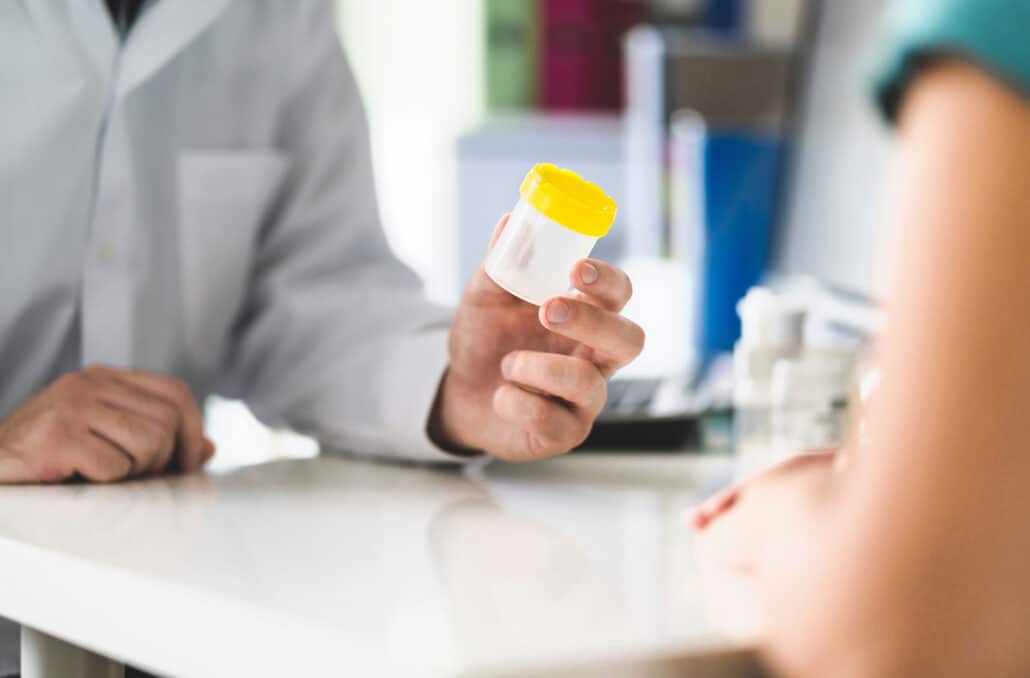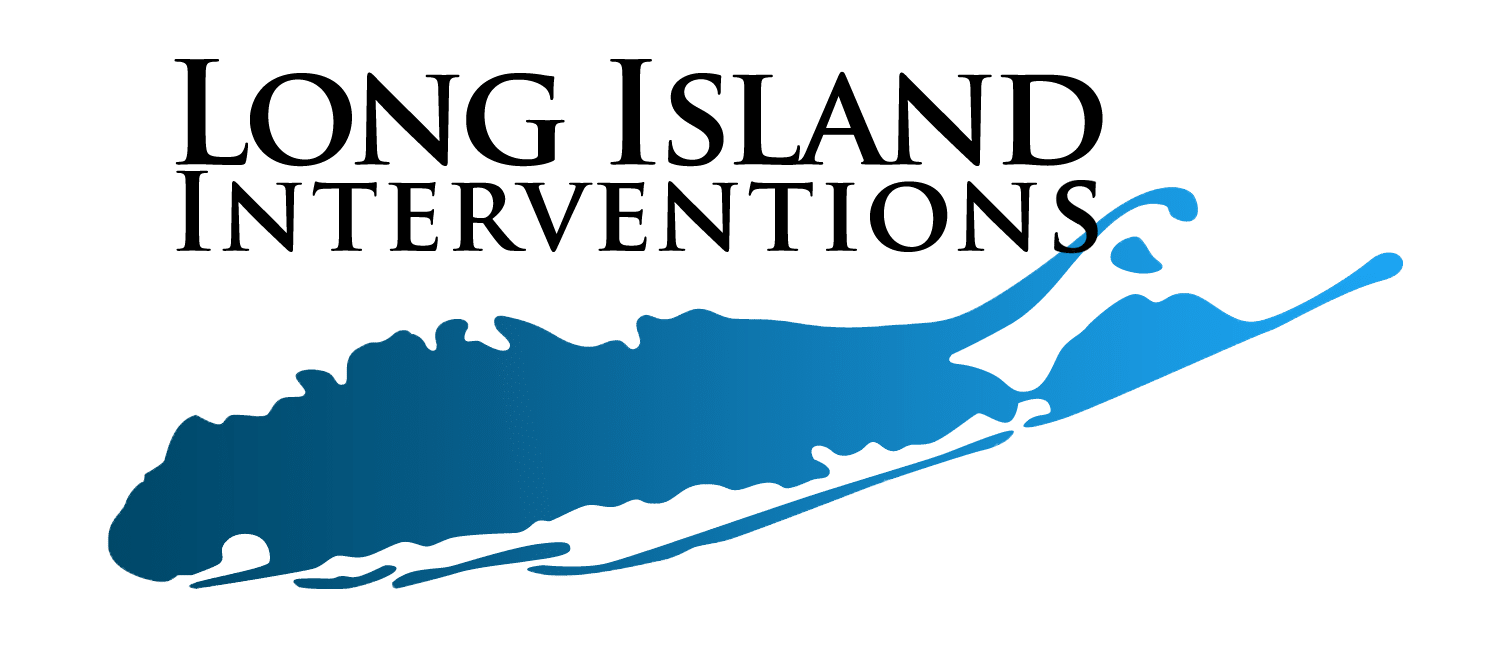Drug tests have become a standard part of life. Administered for medical, legal, or occupational reasons, these tests can significantly impact your opportunities. Whether you’re hoping to keep your job or restore lost driving privileges, they affect how you’re able to participate in society.

Among the tests, you may be given is a 12-panel drug screening. Let’s take a closer look at it and what it covers.
Table of Contents
- 1 What Is a 12-Panel Drug Test?
- 2 Which Substances Get Screened in a 12-Panel Test?
- 3 What About Tests That Have Fewer Panels?
- 4 How Do 12-Panel Tests Get Administered?
- 5 Are Detection Windows Set in Stone?
- 6 When Do 12-Panel Tests Get Administered?
- 7 What Are the Consequences of a Positive Test Result?
- 8 Contact Long Island Interventions
- 9 FAQ
What Is a 12-Panel Drug Test?
A drug test checks for the presence of various drugs in the body. Each panel refers to a different drug or drug category. If the test has 12 panels, it’s being used to screen for 12 categories of substances.
A category may have more than one drug associated with it. For example, an opioid panel may cover codeine, morphine, and heroin. An amphetamine panel may test for both amphetamines and methamphetamine, as in the five-panel screening used by the U.S. Department of Transportation. Cocaine, in contrast, would be in a panel by itself.
Which Substances Get Screened in a 12-Panel Test?
There’s some variation in what a 12-panel screening looks for. The following is only one example of the types of panels the test may cover:
| Panel | Substance | Common Names | Common Uses/Effects |
|---|---|---|---|
| 1 | Marijuana (THC) | Cannabis, Weed, Pot | Euphoria, altered senses, relaxation |
| 2 | Cocaine | Coke, Crack | Increased energy, euphoria, alertness |
| 3 | Amphetamines | Speed, Adderall, Dexedrine | Increased energy, alertness, focus |
| 4 | Methamphetamines | Meth, Crystal, Ice | Increased energy, euphoria, alertness |
| 5 | Opiates | Heroin, Morphine, Codeine | Pain relief, euphoria, relaxation |
| 6 | Phencyclidine (PCP) | Angel Dust, Hog, Love Boat | Hallucinations, dissociation, euphoria |
| 7 | Benzodiazepines | Valium, Xanax, Ativan | Sedation, anxiety relief, muscle relaxation |
| 8 | Barbiturates | Phenobarbital, Secobarbital, Butalbital | Sedation, anxiety relief, sleep induction |
| 9 | Methadone | Dolophine, Methadose | Pain relief, opioid dependence treatment |
| 10 | Propoxyphene | Darvon, Darvocet | Pain relief, mild euphoria |
| 11 | Ecstasy (MDMA) | Molly, E, X | Euphoria, increased sociability, energy |
| 12 | Oxycodone | OxyContin, Percocet | Pain relief, euphoria, relaxation |
Generally, 12-panel screenings will include a particular core set of drugs that don’t change from one screening to another, such as cocaine and cannabis. But they may vary for other kinds of drugs.
For example, in some 12-panel tests, buprenorphine may be investigated instead of propoxyphene. Both of them are synthetic opioids.
Panels of drugs may also differ by cut-off levels or thresholds determining the presence of a drug. For example, a urine-based drug screening may have an opioid panel with a threshold of 300 nanograms per milliliter. But the same screening may look for oxycodone, an opioid painkiller, at a threshold of 100 nanograms per milliliter.
The drugs included in each panel and their thresholds vary from one 12-panel test to another. These variations will depend on multiple factors, such as the purpose of the screening and the policies of the organization administering it.
What About Tests That Have Fewer Panels?
You may be given a test with fewer than 12 panels depending on the circumstances. If so, what can you expect?
A 12-panel test is an extension of drug tests with fewer panels, so you’ll see a significant overlap in the kinds of drugs you’re screened for.
For example, let’s say you’re given a 10-panel screening. There’s a possibility that it won’t test specifically for oxycodone or ecstasy, but it will otherwise overlap with a 12-panel test.
How Do 12-Panel Tests Get Administered?
There are different ways to collect samples from people and test for the presence of drugs. The following are a few standard methods for administering a drug screening:
Saliva
One way to obtain a sample is through a mouth swab that collects saliva. An advantage to a saliva test is that it requires no privacy. The collector can see you the whole time, which gives them greater peace of mind about the sample being genuine; there isn’t much room for tampering.
The main disadvantage of this method is that it has a relatively short detection window. Many drugs don’t turn up in saliva 48 to 72 hours after use. That said, saliva collection can still be an effective method for a random drug test. Also, law enforcement may use mouth swabs to evaluate people during a traffic stop or in the immediate aftermath of an accident.
Urine
Urine analysis is used widely for drug testing, including millions of employees. Although urine samples are more susceptible than saliva to tampering, new technologies make it easier for organizations to detect falsified samples.
Detection windows for urine are generally longer than for saliva. For some substances, the window may last up to a few days or a week. Other times, a drug may remain detectable in urine for weeks or even months. For example, heavy users of cannabis may have the drug show up in their urine months after they last used it.
Hair
Analyzing hair follicles is a more expensive method than the use of saliva or urine samples. However, hair is easy to obtain, giving collectors the advantage of a long detection window. The range may be a few months to a year, showing possible long-term drug use patterns.
Blood
Blood has a reasonably short detection window, often measurable in hours, and it’s the most invasive drug testing method among the ones listed here. Because it relies on venipuncture, collection requires the services of somebody trained in phlebotomy. This sample collection method is generally limited to specific emergency situations.
Are Detection Windows Set in Stone?
When considering the detection windows for different sample collection methods, such as saliva or urine, it’s important to remember that these windows are just estimates. They’re affected by multiple factors, including the quantity and frequency of your drug use, the types of drugs you’ve been using, your age, your weight, and the general state of your health.
If you learn that a specific drug disappears from urine after a few days, don’t count on the absolute reliability of this estimate. Maybe the drug’s presence will last longer in your sample.
Detection Times
The approximate detection times for substances commonly tested for in a 12-panel drug test:
| Panel | Substance | Urine Detection Time | Blood Detection Time | Hair Detection Time |
|---|---|---|---|---|
| 1 | Marijuana (THC) | 3-30 days | 2-7 days | Up to 90 days |
| 2 | Cocaine | 2-4 days | 1-2 days | Up to 90 days |
| 3 | Amphetamines | 1-3 days | 12 hours | Up to 90 days |
| 4 | Methamphetamines | 2-4 days | 1-3 days | Up to 90 days |
| 5 | Opiates | 2-3 days | 12-24 hours | Up to 90 days |
| 6 | Phencyclidine (PCP) | 3-7 days | 1-3 days | Up to 90 days |
| 7 | Benzodiazepines | 3-7 days (up to 30 days for chronic use) | 2-3 days | Up to 90 days |
| 8 | Barbiturates | 2-4 days (up to 3 weeks for chronic use) | 1-2 days | Up to 90 days |
| 9 | Methadone | 3-4 days | 24-36 hours | Up to 90 days |
| 10 | Propoxyphene | 2-3 days | 1-2 days | Up to 90 days |
| 11 | Ecstasy (MDMA) | 2-4 days | 1-2 days | Up to 90 days |
| 12 | Oxycodone | 2-4 days | 1-2 days | Up to 90 days |
These detection times can vary depending on several factors, including the individual’s metabolism, frequency of use, and the sensitivity of the test used.
When Do 12-Panel Tests Get Administered?
Drug testing crops up in a wide range of scenarios. Prospective employees may need to undergo a drug screening as part of the hiring process for an organization. Once hired, they may be subject to random drug testing or be asked to undergo testing if their behavior arouses suspicion of intoxication.
A drug test may be required as part of probation or parole, and it may be a necessary step for restoring lost driving privileges. Other scenarios for drug testing include divorce and child custody cases.
Testing also occurs in treatment contexts, such as programs for drug rehabilitation. If you’ve moved into a sober living home, you may be subject to random tests to check that you’re maintaining sobriety.
You won’t necessarily be given a 12-panel test in these contexts. Several organizations may stick to using a five-panel test or another variety. However, there will be scenarios where an organization or a court wants a more comprehensive 12-panel screening.
What Are the Consequences of a Positive Test Result?
In many situations, a positive test result for a drug leads to significant problems, including job loss or criminal penalties. Although it may be possible to contest a positive result, the best thing you can do is to try to avoid such an outcome, to begin with.
If you have a drug addiction or use illegal drugs, the likelihood of a positive test result increases considerably. Fighting your addiction or problematic drug use is the best way to give yourself more opportunities in life. You’ll be better positioned to hold down a job and receive favorable legal outcomes while enjoying an improved quality of life.
Contact Long Island Interventions
Even if you don’t have a full-blown addiction, you can benefit from interventions that tackle your drug misuse. Our program will preserve your dignity and confidentiality. You’ll work with experienced and highly skilled professionals and receive individualized treatment. We’ll treat you as a whole person with your own psychological, spiritual, social, and medical needs.
Don’t hesitate to contact us today. With our help, you’ll be more likely to pass future drug screenings and avoid the damaging consequences of positive results.
FAQ
Does the 12 Panel Drug Test Screen for THC?
Do muscle relaxers show up on a drug test?
Published on: 2022-10-31
Updated on: 2024-06-21

